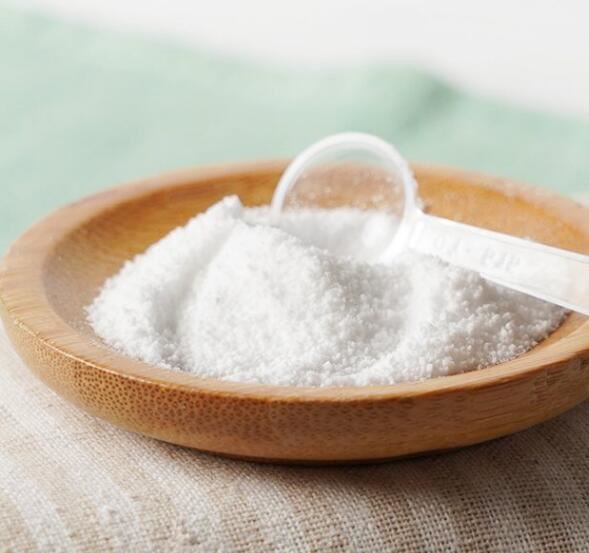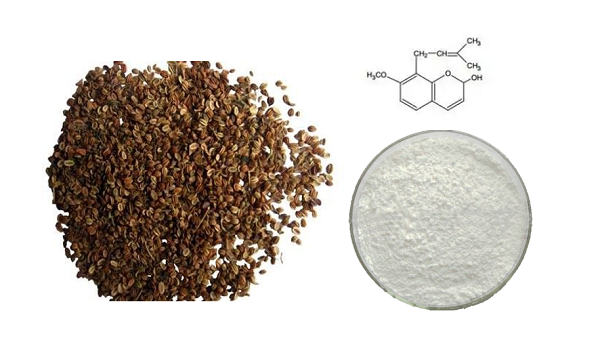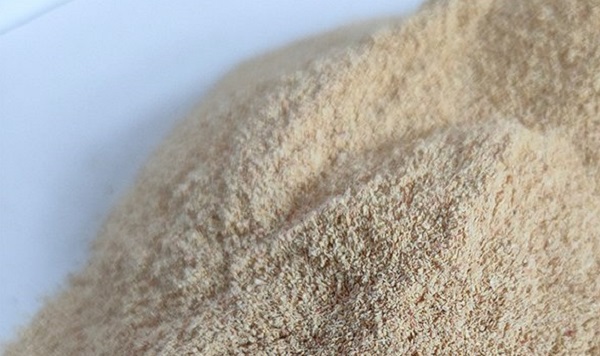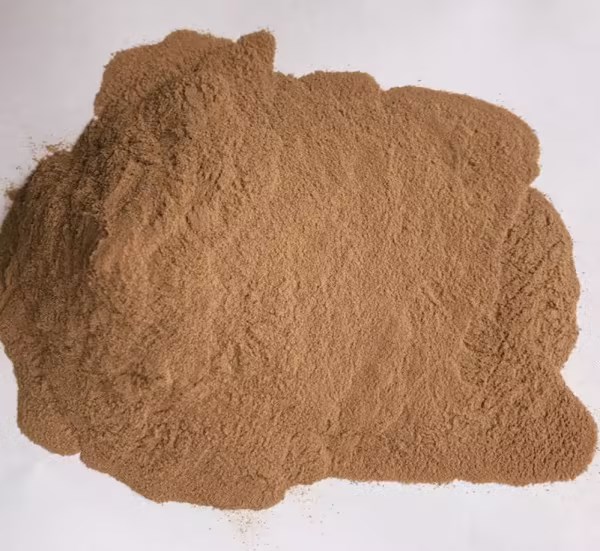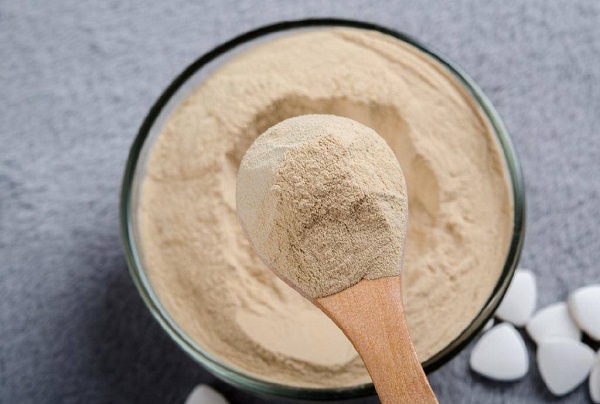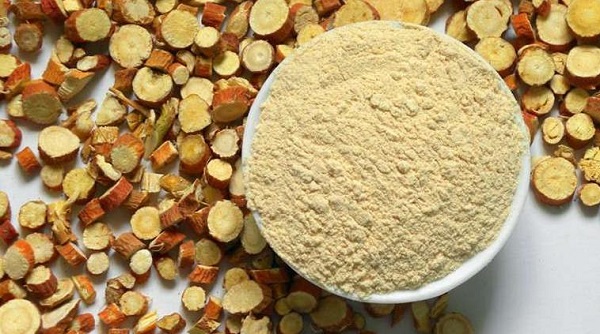Follow Us:
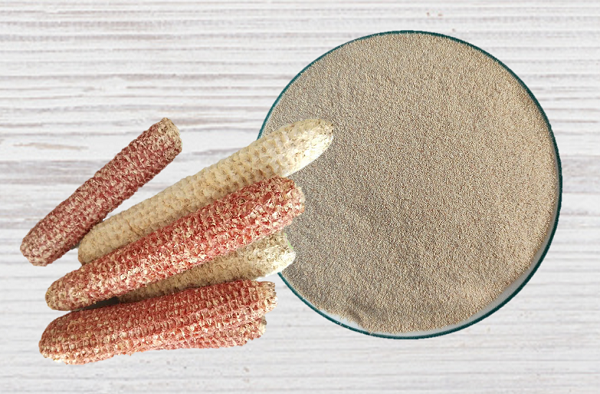
Corn Cob Powder Formula Solution For Poultry Feed
Corn Cob Powder Formula Solution for Poultry Feed—tailored for feed manufacturers, formulation specialists, and B2B buyers looking to integrate corn cob powder into their poultry feed product line.
Corn Cob Powder in Poultry Feed: Formula Solution for Commercial Production
The corn cob powder is widely used as a functional filler, fiber enhancer, and additive carrier in poultry feed formulations. This cost-effective ingredient can be incorporated into commercial feed formulas without compromising performance, making it ideal for feed mills, nutrition consultants, and contract manufacturers across emerging poultry markets.
Formulation Objectives
- Improve gut motility & feed digestibility
- Enhance pellet structure & reduce fines
- Lower cost of production per ton
- Support sustainability goals
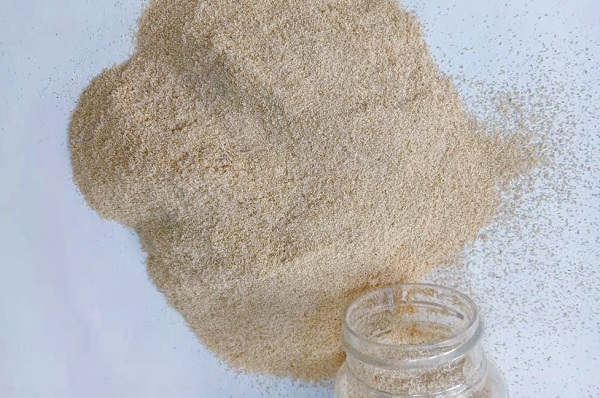
Nutritional Profile of Corn Cob Powder (Per 100g)
| Parameter | Value |
| Crude Fiber | 30–35% |
| Crude Protein | 2–3% |
| Digestible Energy | ~1200–1400 kcal/kg |
| Moisture | <10% |
| Ash Content | 3–5% |
| pH Range | 5.5 – 6.5 |
| Mesh Size | 20–100 (Customizable) |
Corn Cob Powder Inclusion Rates in Poultry Feed
| Feed Type | Inclusion (%) | Purpose |
| Broiler Starter | 1–2% | Fiber control, pellet integrity |
| Broiler Grower | 2–3% | Digestive support, filler |
| Broiler Finisher | 3–5% | Cost optimization, carrier use |
| Layer Starter | 2–4% | Gradual gut adaptation |
| Layer Production | 4–6% | Fiber & satiety support |
| Breeder Feed | 3–4% | Pellet stability, gut health |
| Organic/Herbal Feed | 4–7% | Binder for herbs/additives |
Note: Do not exceed 7% inclusion without reformulation and digestibility trials.
Sample Formulation: Broiler Finisher Feed (1000 kg Batch)
| Ingredient | % (by weight) | Function |
| Maize (Ground) | 50.00% | Energy source |
| Soybean Meal (48%) | 25.00% | Protein |
| Corn Cob Powder | 4.00% | Fiber, carrier |
| Rice Bran | 5.00% | Energy & bulk |
| Limestone Powder | 1.50% | Calcium |
| DCP (Di-Calcium Phos.) | 2.50% | Phosphorus & calcium |
| Salt | 0.30% | Electrolyte balance |
| DL-Methionine | 0.25% | Amino acid supplement |
| Lysine | 0.20% | Amino acid supplement |
| Vitamin-Mineral Premix | 0.50% | Micronutrients |
| Vegetable Oil | 5.00% | Added energy |
| Toxin Binder / Enzyme | 0.25% | Gut health |
| Choline Chloride | 0.10% | Metabolism support |
| Total | 100.00% |
This formula is balanced for energy, protein, fiber, and amino acid profiles, with corn cob powder used as a functional ingredient.
Safety & Quality Considerations
Greenagribio is a certified feed-grade supplier:
- Aflatoxins & Mycotoxins
- Heavy Metals (Pb, As, Hg, Cd)
- Microbial Load (E. coli, Salmonella)
- Maintain storage humidity <65% RH and use dry, ventilated warehouses.
Conclusion
For commercial broiler farms or smallholders wanting to reduce feed expense without impacting bird health, corn cob powder may be a clever inclusion-as long as it is processed, formulated, and regulated. For wholesale corn cob powder price, and quantity. Please contact us at email: info@greenagribio.com
Also See
- Does Probiotics and Prebiotics Benefit for Animal Nutrition
- Why Add Vitamin E Powder in Animal Nutrition
- Wholesale Alfalfa Powder For Animal Feed, Livestock Supplement
- Macleaya Cordata Extract in Poultry and Livestock: Performance Enhancers
- How High-Quality Feed-Grade Sodium Bicarbonate Improves Livestock Nutrition
- Is Berberine Hydrochloride Feed Grade 70% Safe
- Is MSM Safe for Animals? Ingredient Guide
References
Onu, PN (2010). Effect of fermented corn cob meal on the performance of broiler chickens. International Journal of Poultry Science, 9(8), 797–803.
FAO. (2012). Animal Feed Resources Information System. Food and Agriculture Organization of the United Nations.
Oladunjoye, IO, & Ojebiyi, OO (2010). Performance characteristics of broiler chicks fed corn cob-based diets. American-Eurasian Journal of Agricultural & Environmental Sciences, 9(1), 66–69.
National Research Council (1994). Nutrient Requirements of Poultry. National Academies Press.
El-Deek, AA, & Brikaa, AM (2009). Effect of different dietary fiber sources on performance and physiological responses of growing Japanese quail. International Journal of Poultry Science, 8(3), 257–265.













